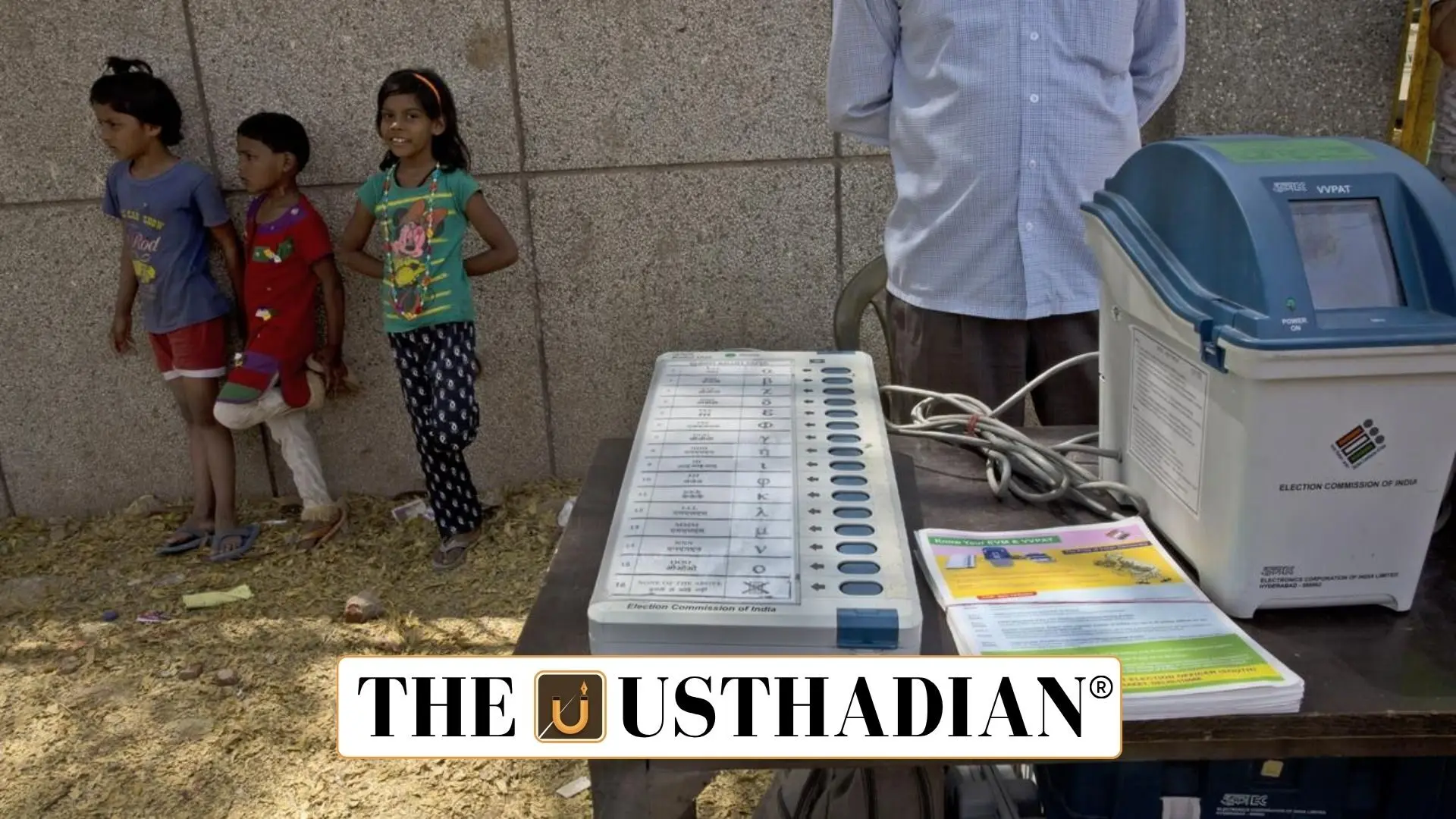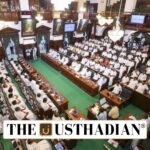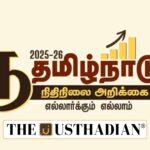Legal Focus on Voter Turnout Transparency
Supreme Court Defers Hearing on Form 17C Disclosures Amid Voter Turnout Discrepancy Concerns: The Supreme Court of India has recently deferred a crucial hearing concerning public access to Form 17C, a document that records votes cast at each polling station. This move follows growing demands from petitioners and opposition parties to increase transparency in voter turnout reporting, amid concerns over mismatches between votes polled and counted in recent elections. The engagement has prompted the new Chief Election Commissioner, Gyanesh Kumar, to signal openness to discussion, highlighting the sensitive balance between data integrity and public scrutiny.
Significance of Form 17C in Election Processes
Form 17C, governed by the Conduct of Election Rules, 1961, is a two-part legal document critical to India’s electoral framework. Part 1, filled at the polling station by the Presiding Officer, records the EVM number, total electors, votes cast, and discrepancies. Part 2, compiled by the Returning Officer, contains the final vote count per candidate. This form serves as a ground-level audit trail, essential for validating the accuracy of election outcomes and safeguarding electoral democracy.
Opposition’s Call for Timely Data Disclosure
Amid mounting concerns, opposition parties have demanded the immediate public release of Form 17C data to counter suspected discrepancies in vote counts. The delayed publication of voter turnout figures has prompted allegations of opacity, with critics warning that such practices could undermine electoral credibility. Their demand is rooted in the belief that transparency not only deters manipulation but also restores public faith in democratic institutions.
Challenges Cited by the Election Commission
The Election Commission of India (ECI) has raised procedural and security concerns regarding indiscriminate online disclosure of Form 17C. It argues that such publication could lead to misinterpretation or misuse, especially on digital platforms. Moreover, postal ballots and service votes are not recorded in Form 17C, adding to confusion if data is misread. Additionally, the logistical challenge of collecting, scanning, and uploading data from over 10 lakh polling stations complicates timely access.
Uneven Access Through Polling Agents
While political parties are allowed to collect Form 17C through their polling agents, many smaller parties face constraints in deploying agents across all stations. This creates an information asymmetry, where resource-rich parties have better access to vote data. The ECI’s reliance on agent-collected copies has thus been criticised for inequity, calling into question the fairness and reliability of election oversight.
Public and Civil Society’s Push for Accountability
As concerns over electoral integrity grow, civil society organisations and voters are increasingly pressing for proactive disclosures of voting data. They argue that access to accurate, timely, and verifiable information such as Form 17C would enhance trust in electoral outcomes. For many, this is not just a procedural issue but a litmus test for democratic accountability and the health of the world’s largest democracy.
STATIC GK SNAPSHOT
Supreme Court Defers Hearing on Form 17C Disclosures Amid Voter Turnout Discrepancy Concerns:
| Aspect | Details |
| Governing Rule | Conduct of Election Rules, 1961 (Form 17C provisions) |
| Components of Form 17C | Part 1: Votes recorded, EVM info; Part 2: Counting results |
| Filed By | Presiding Officer (Part 1) and Returning Officer (Part 2) |
| Legal Debate | Disclosure of Form 17C voter turnout data |
| Concern Raised | Mismatch between polled votes and counted votes |
| ECI’s Stand | Disclosing Form 17C online may cause misinformation spread |
| Opposition’s Demand | Immediate publication of voter turnout and Form 17C data |
| Key Legal Provision for Censorship | Section 69A and Section 79(3)(b) of IT Act (related discussions) |
| New CEC Involved | Gyanesh Kumar |
| Broader Issue | Electoral transparency and public accountability |








